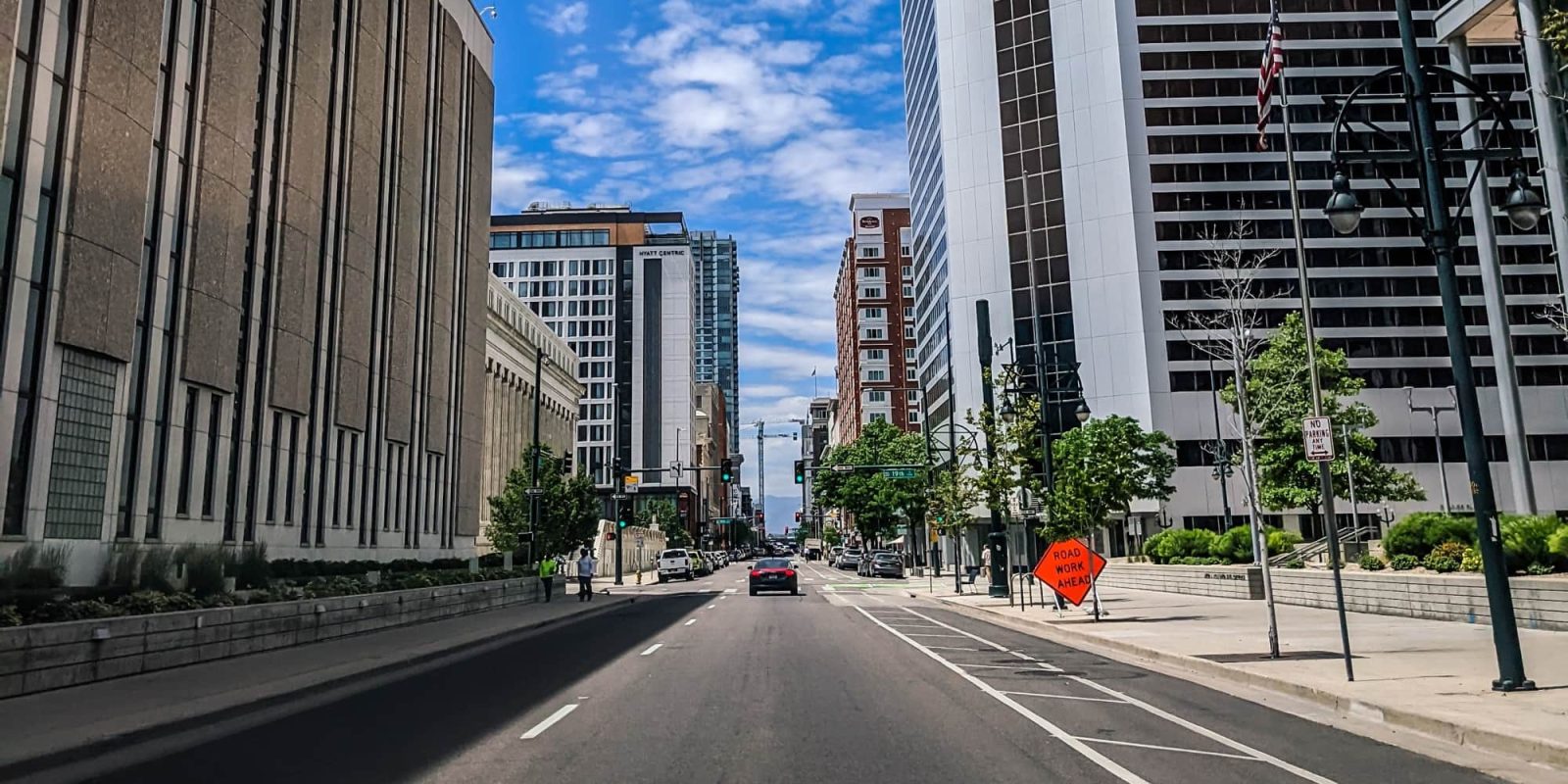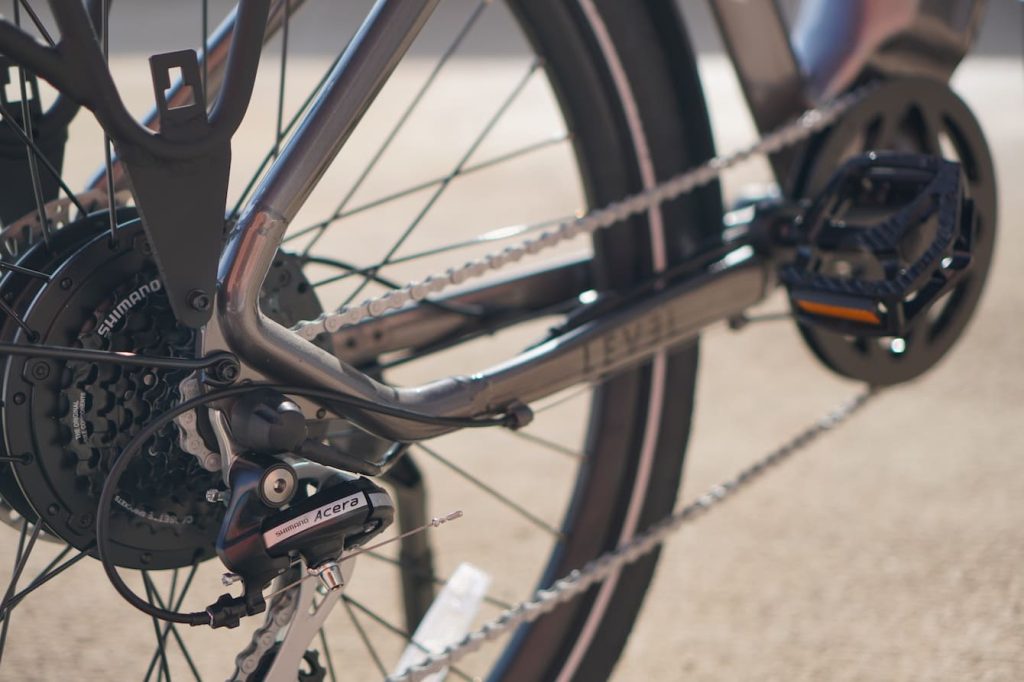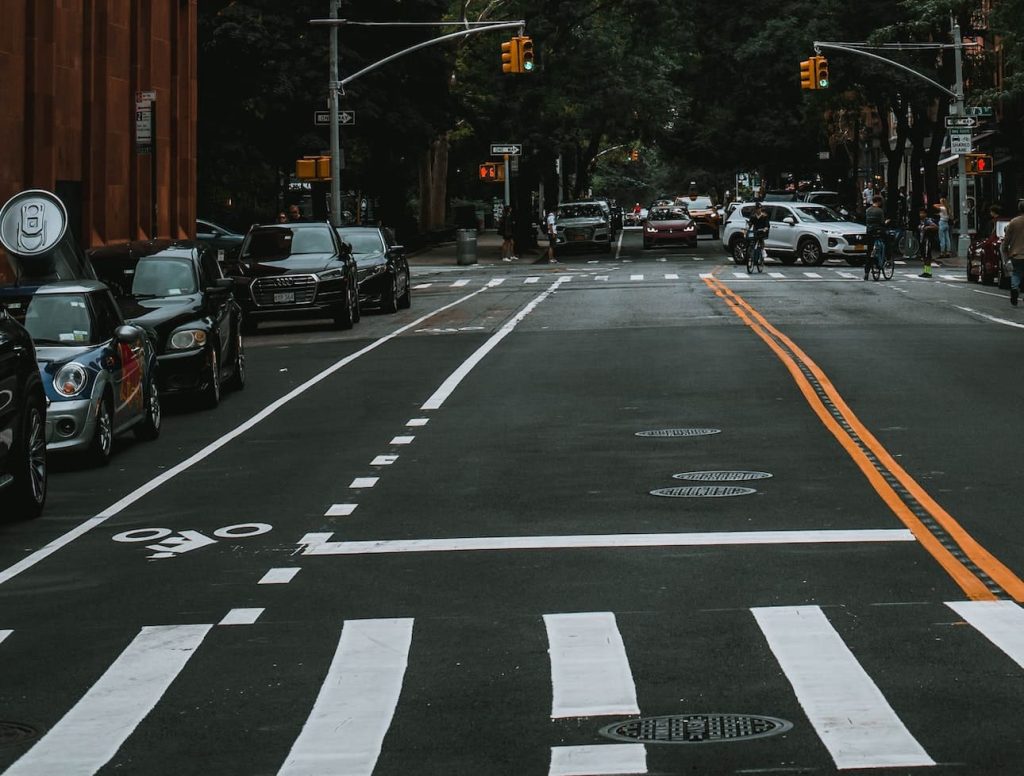
Denver grabbed headlines earlier this year when it launched an ambitious program to help city residents replace cars with e-bikes. Now the city is struggling to ensure it can provide sufficient cycling infrastructure to support the influx of electric bikes.
The program initially offered generous rebates from $400 to $900 off the price of a new e-bike depending on the style of bike, with cargo e-bikes receiving higher incentives.
Low-income city residents were offered even higher incentives of $1,200 toward the price of an electric bike.
Unlike mail-in rebates or e-bike tax credits, Denver’s program used point-of-sale rebates that were applied instantly, making it easier for new riders to afford what can often be expensive electric bikes.
The goal of the program was to help get more of these car-replacing electric bikes out onto Denver’s streets to cut down on traffic and reduce emission-spewing vehicle use.
Nearly 5,000 electric bikes have been purchased as part of the program, with around half of those e-bikes going to low-income riders.
It’s been widely praised as a successful model for increasing the adoption rate of low-impact alternative vehicles. But it’s also shined a light on another issue surrounding personal EVs like e-bikes and e-scooters: that they require investment in infrastructure to make riders feel safe using them.

E-bikes can usually travel at speeds of 20-28 mph (32-45 km/h), which makes them better able to keep up with cars.
But not all riders want to mix it up with traffic in the roadways. Bike lanes help encourage commuters to use bikes, scooters, skateboards, and other light vehicles by providing a safer environment away from the heavy machinery regularly used by car drivers.
Denver poured millions of dollars into its e-bike rebate program, successfully putting thousands of new e-bikes on the road. Now the city is working on building enough bike lanes to help those riders feel safe and protected while using their new wheels.
The city already had nearly 200 miles of bike lanes when Mayor Michael Hancock outlined a plan to install another 125 miles of bike lanes in 2018. Denver is now nearing completion of that pledge with over 300 miles of bike lanes spread across the city.

The problem is that not all bike lanes are created equal. Some keep riders safer than others.
Much of the current cycling infrastructure is classified as “unprotected” bike lanes, which are usually just a painted line designated the road shoulder for bike. Several dozen miles of the city’s bike lanes have been installed with physical barriers such as poles and other devices separating bikes from the main traffic lanes of major roads and creating protected bike lanes.
While unprotected bike lanes are a step in the right direction by demarcating part of the road for bikes only, many riders including Denver Bicycle Lobby member David Mintzer feel they don’t go far enough. As he explained to The Denver Post:
“My biggest issue with the 125 miles of bikeways that the city is touting is that most of them are unprotected and they’re still having bicycles mix with traffic. As they stand now, they are not comfortable for new riders.”
Many locals agree and have been pushing the city to install more protected bike lanes, with the e-bike rebates creating a renewed push for improved cycling infrastructure.
The city seems to be taking notice.
Top comment by Jarko
5000 e-bike rebates is nice, but as with many such programs, the rebates went mostly to those with the best internet connections (.i.e wealthier/younger people, who could afford e-bikes anyway and/or could still pedal a regular bike just fine.) Demand FAR exceeded supply, and I bet many who could have used it most missed out. Also, insisting that bike lanes be "protected" is quite frankly unrealistic in most parts of most big cities, and it leads to backlash. Any bike lane is great IMO. Most bike-car crashes AREN'T due to bike lanes being too narrow - it's cars turning across lanes. "protected" lanes, may actually make that problem worse. Protected lanes mostly give the illusion of safety. Perfect is the enemy of good. The best thing they could do for micromobility safety is get rid of scooters and replace them with bikes. Scooter injury rates are way high.
According to City councilman Chris Hinds:
“We are in some ways a victim of our own success in our bike infrastructure. We wouldn’t have had these questions if not for the e-bike rebate program that has put a lot of e-bikes in our bikeways. It is time to take a look at that infrastructure.”
Electrek’s Take
I actually see this as a good thing. Sure, we all want cities to proactively install proper cycling infrastructure. But without a mass of riders to demonstrate the need, it can be hard to make the case in a way that those who control the purse strings can truly understand. It’s a chicken and egg, but sometimes they need to see either the chicken or the egg to get something rolling.
In Denver’s case, now that there are suddenly thousands of more e-bikes riding around, and that seems to be making an impact on city officials.
The time has come to not just speed up the pace of bike lane installation, but to plan ahead for protected bike lanes that make everyone safer. The more comfortable people feel riding, the more they’ll ride. And the more they ride, the more everyone wins. Yes, even car drivers win too.
FTC: We use income earning auto affiliate links. More.




Comments